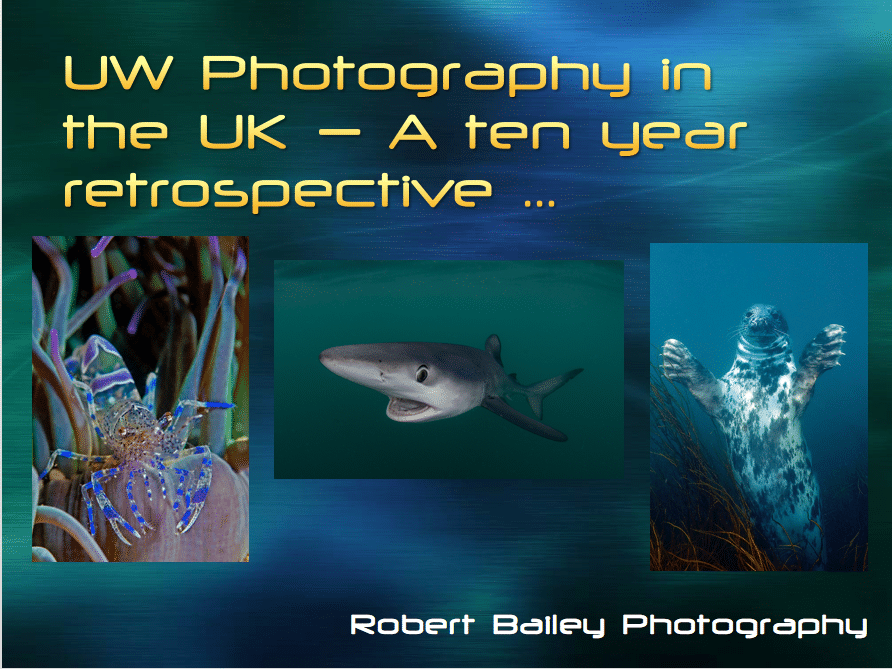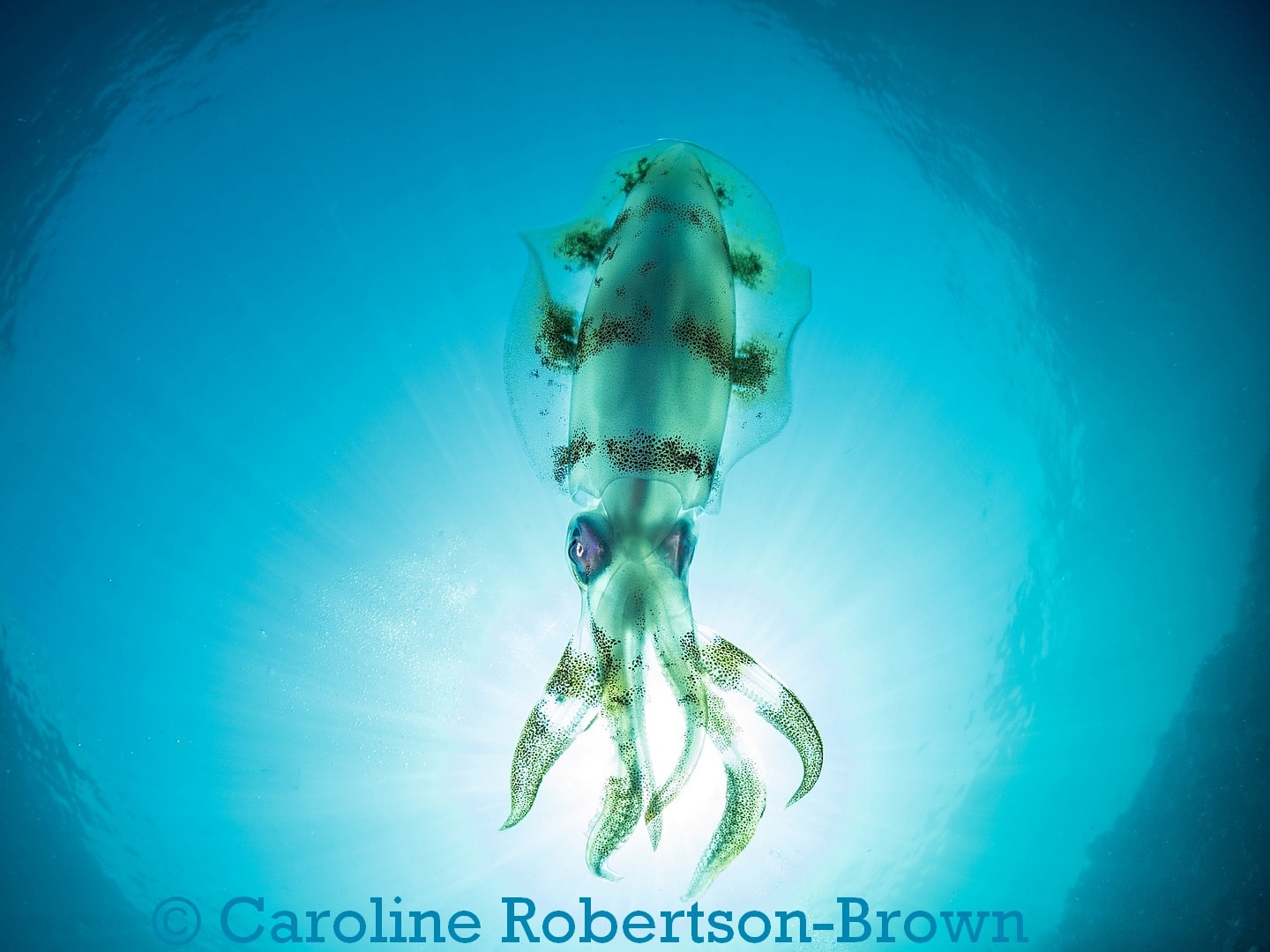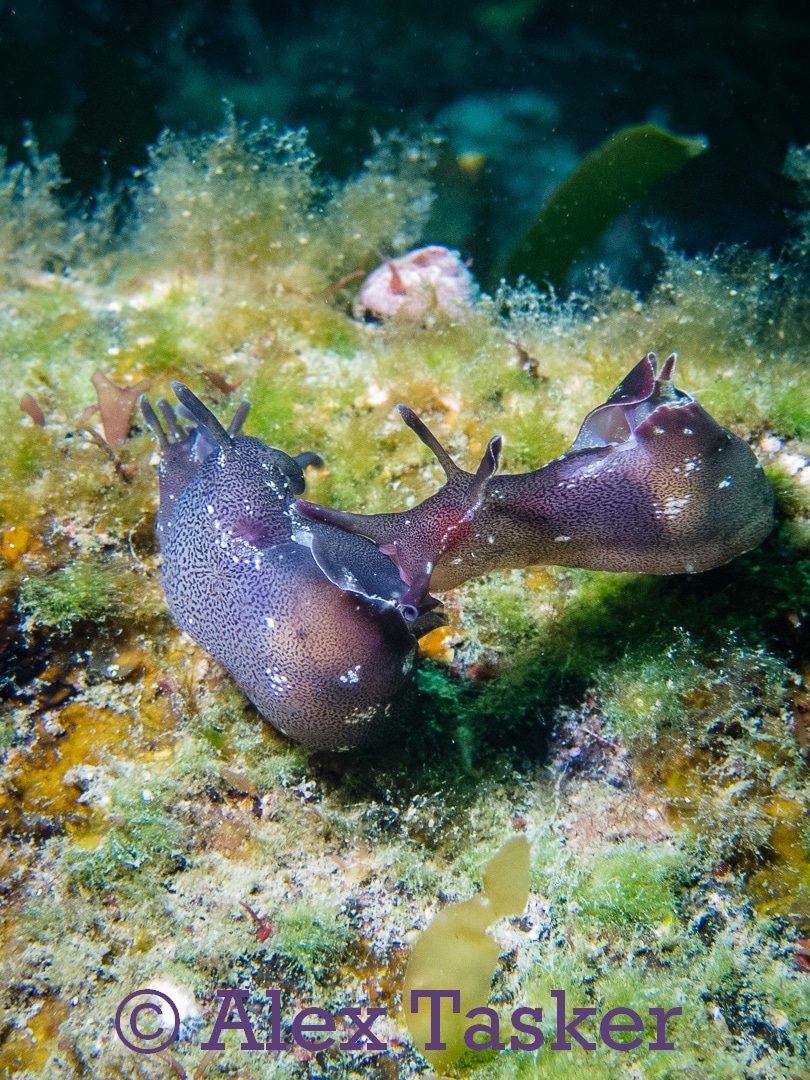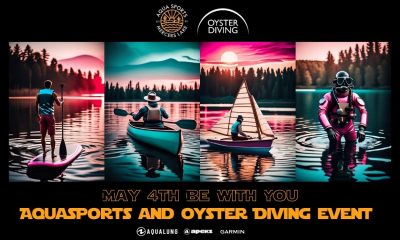News
NUPG September 2018 Monthly Meeting Report
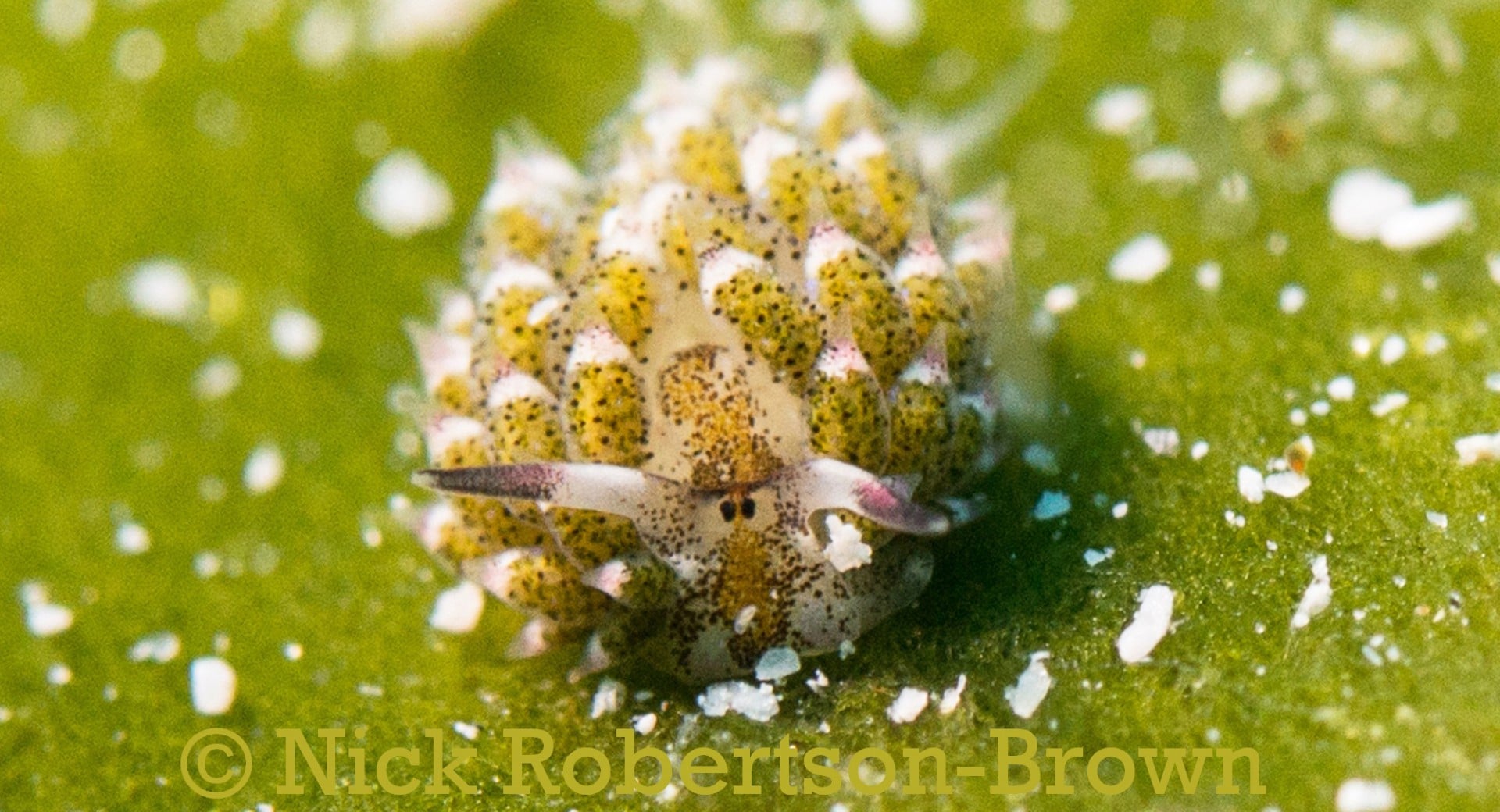
 This month we had the pleasure in welcoming Robert Bailey multi award winning photographer who has been taking stunning photographs both underwater and topside for over 25 years. Qualifying as an NAUI scuba instructor up to training director level at the University of Calgary from 1993-1999 he is a diver of consummate skill. Now living in England he is still an avid diver, diving throughout the year in UK waters. He never dives without his camera and is an active member of many photographic clubs and societies. His mission is to show everyone the beauty of our underwater world and just how colourful life in UK waters is.
This month we had the pleasure in welcoming Robert Bailey multi award winning photographer who has been taking stunning photographs both underwater and topside for over 25 years. Qualifying as an NAUI scuba instructor up to training director level at the University of Calgary from 1993-1999 he is a diver of consummate skill. Now living in England he is still an avid diver, diving throughout the year in UK waters. He never dives without his camera and is an active member of many photographic clubs and societies. His mission is to show everyone the beauty of our underwater world and just how colourful life in UK waters is.
Whilst he has witnessed and embraced the revolution of many new photographic techniques his talk emphasised that you do not need the state of the art equipment for spectacular shots but you will always need to address the basics of underwater photography including planning, understanding your subject, composition, lighting and not forgetting the most important skill when taking a photograph underwater, excellent buoyancy control. He is also an advocate of revisiting a site many times so you know it and the life that it holds intimately. A knowledge of marine biology is always good as this allows you to understand the behaviour of what you are trying to photograph.
He then gave us an insight into his thoughts about entering underwater competitions, apart from the positive attribute of considered feedback and the feelings of achievement when your efforts are recognised entering competitions has created many opportunities for him to get his images and articles published in a variety of magazines including DIVE and SCUBA as well as the non-diving press such as Wildlife Magazine, The Times and Sunday Times, Outdoor Photographer and Practical Photographer to name but a few.
His presentation went on to show us why he loves UK diving so much and that despite the wind, waves, tides and weather are often against you, combined with practicalities of taking so much dive kit, to remote areas of Scotland and Britain when it works, it works! The colour and life in UK waters is stunning and often the sites are less photographed, there are big and small critters, you can dive the sea, rivers and inland sites throughout the year. The water column can range from blues to greens to browns. The above water landscape of the British Isles is also stunning.
He described some of his favourite dive sites from the Lochs of Scotland to the East Coast of St. Abbs, the west coast of Britain and Wales down to South and beyond to The Scilly Isles. The variety is amazing, be it large creatures such as whale sharks and dolphins, diving birds such as gannets and razorbills, a massive variety of colourful fish such as John Dory and Corkwing Wrasse to the pike, trout and other freshwater life found in many of our rivers, lakes and quarries. The topography and macro life of coral covered walls and the vast number of wrecks. He emphasised the amount of colour that there is and also how he prefers to dive in fairly shallow waters as that is where the light is. He also emphasised the importance of not ignoring common subjects, a great picture of a nudibranch or sea urchin feeding can be a lot more impressive than an out of focus blue shark.
Robert went on to explain his love of seals the “dogs” of sea and how anthropomorphic shots of these creatures can be very sellable. His lecture was well illustrated with a large number of fantastic photographs along with the odd video. The presentation was interspersed with many hints and tips on composition, layering your photos, experimenting with strobes and knowing when to visit areas to get the best photographic opportunities. He finished his presentation with a few words about working with models and the importance of SCUM! (The Society for the Care of Underwater Models).
A great talk that finished in a busy question and answer session and a well-deserved round of applause.
To find out more about Robert Bailey please visit his website by clicking here.
This month’s image competition theme was “Squidge” and it was obvious that everyone’s idea of Squidge was very eclectic! A mention to John Spencer has to be given here for the most entertaining shots of Squid(ge)! We had reverted to 2 images each this and there were 32 entries. Following the results a quick resume of all the images was undertaken.
The Robertson-Browns dominated the Open Competition with Nick Robertson-Brown being joint runner-up with his images of a “Shaun the Sheep” nudibranch, a tiny critter of about 2mm taken in The Philippines and then a picture of jellyfish taken at Monterey Bay Aquarium, California. The winner was Caroline Robertson-Brown with a great shot of a cuttlefish whilst going to take wide angle shots of sardines at Magic Island Cebu in The Philippines.
The compact category resulted in a three way split so a vote off was taken. Alex Tasker was declared the winner with his image of mating Sea Hares in Argyll and Bute.
Congratulations once again to all.
The meeting ended with announcements of a forthcoming talk by Nick and Caroline Robertson-Brown on 10th October 2018 Simple Steps to Creating Better Underwater Images
Our next meeting will be on Monday October 8th when we look forward to welcoming Martyn Guess.
For more information about the NUPG visit their website by clicking here.
Blogs
Northern Red Sea Reefs and Wrecks Trip Report, Part 2: Wall to Wall Wrecks

Jake Davies boards Ghazala Explorer for an unforgettable Red Sea diving experience…
The second day’s diving was a day full of wreck diving at Abu Nuhas, which included the Chrisoula K, Carnatic, and Ghiannis D. The first dive of the day was onto the Chrisoula K, also known as the wreck of tiles. The 98m vessel remains largely intact where she was loaded with tiles which can be seen throughout the hold. The stern sits at 26m and the bow just below the surface. One of the highlights of the wreck is heading inside and seeing the workroom where the machinery used for cutting the tiles are perfectly intact. The bow provided some relaxing scenery as the bright sunlight highlighted the colours of the soft coral reef and the many reef fish.

Following breakfast, we then headed to the next wreck, which was the Carnatic. The Carnatic is an 89.9m sail steamer vessel that was built in Britain back in 1862. She ran aground on the reef back in 1869 and remains at 27m. At the time, she was carrying a range of items, including 40,000 sterling in gold. An impressive wreck where much of the superstructure remains, and the two large masts lay on the seafloor. The wooden ribs of the hull provide structures for lots of soft corals, and into the stern section, the light beams through, bouncing off the large shoals of glass fish that can be found using the structure as shelter from the larger predators that are found outside of the wreck.

The final wreck at Abu Nuhas was the Ghiannis D, originally called ‘Shoyo Maru,’ which was 99.5m long and built in Japan back in 1969 before becoming a Greek-registered cargo ship in 1980. The ship then ran aground on the reef on April 19th, 1983, and now sits at the bottom at a depth of 27m. Heading down the line, the stern of the ship remains in good condition compared to the rest of the hull. The highlight of the wreck, though, is heading into the stern section and down the flights of stairs to enter the engine room, which remains in good condition and is definitely worth exploring. After exploring the interior section of the ship, we then headed over to see the rest of the superstructure, where it’s particularly interesting to see the large table corals that have grown at the bow relatively quickly considering the date the ship sank. After surfacing and enjoying some afternoon snacks, we made sure everything was strapped down and secured as we would be heading north and crossing the Gulf of Suez, where the winds were still creating plenty of chop.

The next morning, it was a short hop to Ras Mohammed Nature Reserve for the next couple of days of diving. The 6am wake-up call came along with the briefing for the first site we would be diving, which was Shark & Yolanda. The low current conditions allowed us to start the dive at Anemone City, where we would drift along the steep, coral-filled wall. These dives involved drifts, as mooring in Ras Mohammed wasn’t allowed to protect the reefs. As a dive site, Shark & Yolanda is well-known and historically had a lot of sharks, but unfortunately not so many in recent years, especially not so early in the season. However, there was always a chance when looking out into the blue.

The gentle drift took us along the steep walls of the site, with plenty of anemone fish to be seen and a huge variety of corals. It wasn’t long into the dive before we were accompanied by a hawksbill turtle, who drifted with us between the two atolls before parting ways. Between the two reefs, the shallow patch with parts of coral heads surrounded by sand provided the chance to see a few blue-spotted stingrays that were mainly resting underneath the corals and are always a pleasure to see. With this being the morning dive, the early sunlight lit up the walls, providing tranquil moments. Looking out into the blue, there was very little to be seen, but a small shoal of batfish shimmering underneath the sunlight was a moment to capture as we watched them swim by as they watched us.

Towards the end of the dive, we stopped at the wreck of the Jolanda where the seafloor was scattered with toilets from the containers it was carrying. This provided a unique site to make a safety stop, which was also accompanied by a large barracuda slowly swimming by, along with a hawksbill turtle calmly swimming over the reef as the sun rays danced in the distance.
For the next dive, we headed north to the Strait of Tiran to explore the reefs situated between Tiran Island and Sharm El Sheik, which were named after the British divers who had found them. We started on Jackson before heading to Gordons Reef, where we also did the night dive. All the atolls at these sites provided stunning, bustling coral reefs close to the surface and steep walls to swim along, which always provided the opportunity to keep an eye out for some of the larger species that can be seen in the blue. Midwater around Jackson Reef was filled with red-toothed triggerfish and shoals of banner fish, which at times were so dense that you couldn’t see into the blue. Moments went by peacefully as we enjoyed the slow drift above the reef, watching these shoals swim around under the mid-afternoon sun.

The night dive at Gordon’s Reef was mainly among the stacks of corals surrounded by sand, which was great to explore under the darkness. After some time circling the corals, we came across what we were really hoping to find, and that was an octopus hunting on the reef. We spent the majority of the dive just watching it crawl among the reef, blending into its changing surroundings through changes in colour and skin texture. It’s always so fascinating and captivating to watch these incredibly intelligent animals, in awe of their ability to carry out these physical changes to perfectly blend into the reef. Before we knew it, it was time to head back to the boat to enjoy a well-deserved tasty dinner prepared by the talented chefs onboard.
Check in for the 3rd and final part of this series from Jake tomorrow!
To find out more about the Northern Red Sea reef and wrecks itineraries aboard Ghazala Explorer, or to book, contact Scuba Travel now:
Email: dive@scubatravel.com
Tel: +44 (0)1483 411590
Photos: Jake Davies / Avalon.Red
Marine Life & Conservation
Double Bubble for Basking Sharks

 The Shark Trust is excited to announce that, for two more days only, all donations, large or small, will be doubled in the Big Give Green Match Fund!
The Shark Trust is excited to announce that, for two more days only, all donations, large or small, will be doubled in the Big Give Green Match Fund!
Donate to Basking in Nature: Sighting Giants
The Shark Trust is hoping to raise £10k which will be doubled to £20k. This will go towards Basking in Nature: Sighting Giants. And they need YOUR help to reach they’re goal.
The Shark Trust’s citizen science project is to monitor and assess basking sharks through sightings; encouraging data collection, community engagement, and promoting nature accessibility. This initiative aims to enhance health and wellbeing by fostering a deeper connection with British Sharks.
Campaign Aims
- Increase citizen science reporting of Basking Sharks and other shark sightings to help inform shark and ray conservation.
- Provide educational talks about the diverse range of sharks and rays in British waters and accessible identification guides!
- Create engaging and fun information panels on how to ID the amazing sharks and rays we have on our doorstep! These can be used on coastal paths around the Southwest. With activities and information on how you can make a difference for sharks and rays!
- Promote mental wellbeing through increasing time in nature and discovering the wonders beneath the waves!
Donate, and double your impact. Click Here
-

 News3 months ago
News3 months agoHone your underwater photography skills with Alphamarine Photography at Red Sea Diving Safari in March
-

 News3 months ago
News3 months agoCapturing Critters in Lembeh Underwater Photography Workshop 2024: Event Roundup
-

 Marine Life & Conservation Blogs2 months ago
Marine Life & Conservation Blogs2 months agoCreature Feature: Swell Sharks
-

 Blogs2 months ago
Blogs2 months agoMurex Resorts: Passport to Paradise!
-

 Blogs2 months ago
Blogs2 months agoDiver Discovering Whale Skeletons Beneath Ice Judged World’s Best Underwater Photograph
-

 Gear Reviews2 months ago
Gear Reviews2 months agoGear Review: Oceanic+ Dive Housing for iPhone
-

 Marine Life & Conservation2 months ago
Marine Life & Conservation2 months agoSave the Manatee Club launches brand new webcams at Silver Springs State Park, Florida
-

 News3 months ago
News3 months agoWorld’s Best Underwater Photographers Unveil Breathtaking Images at World Shootout 2023


